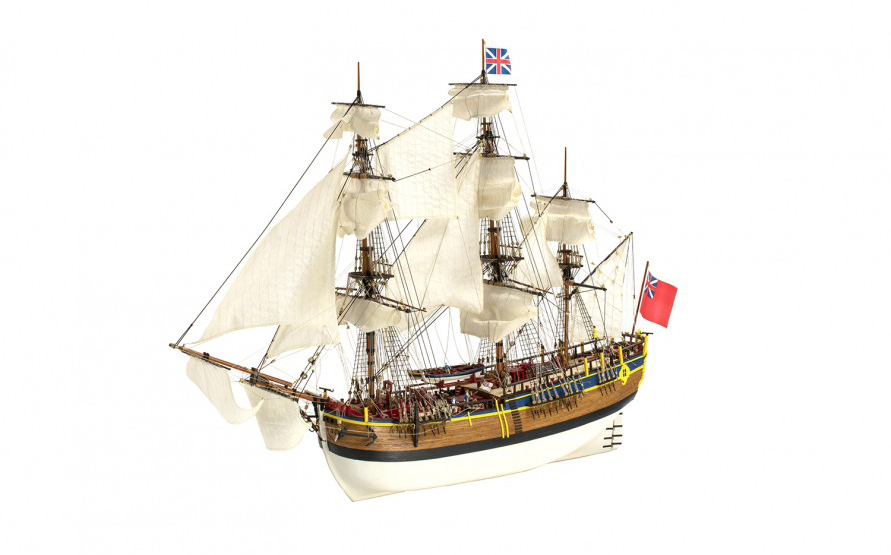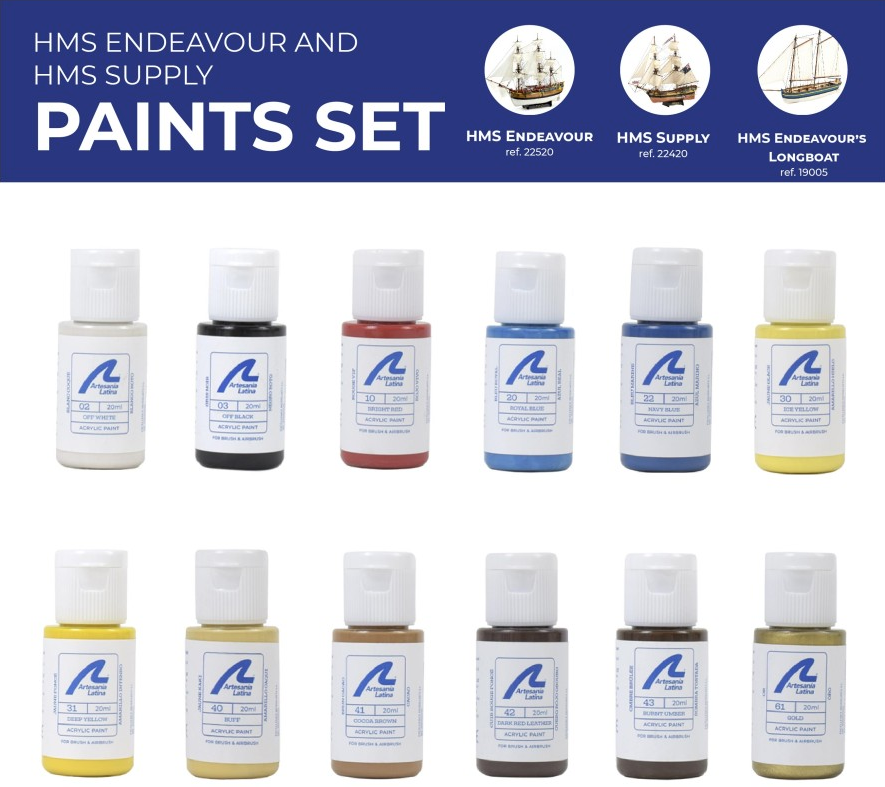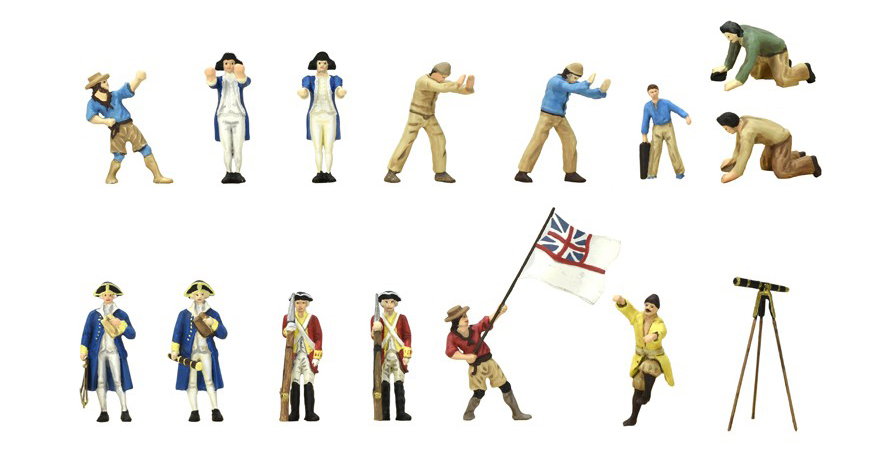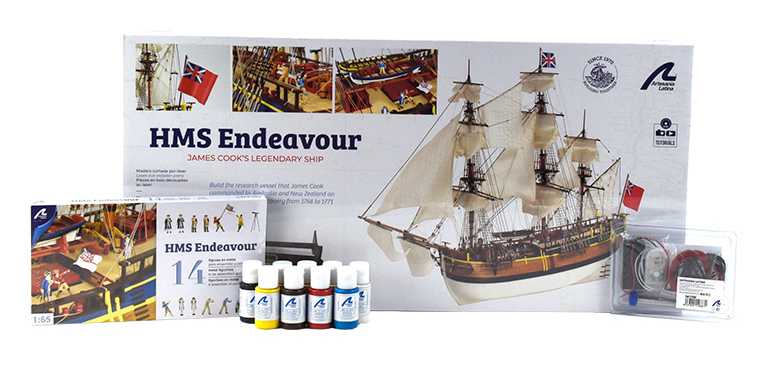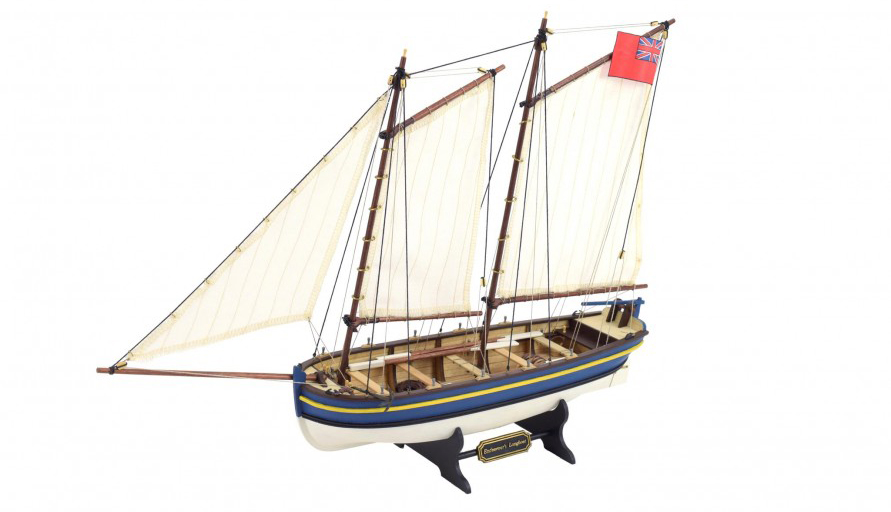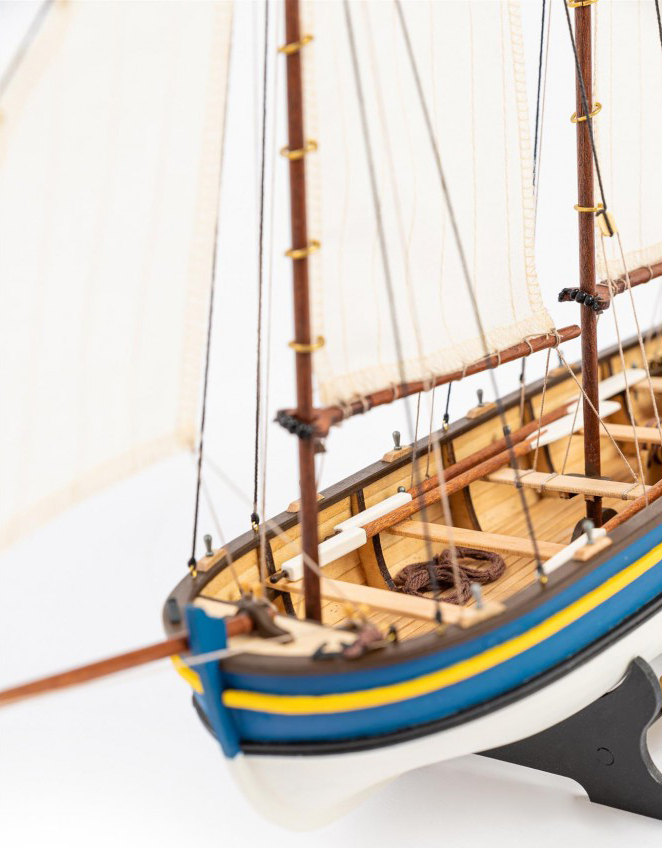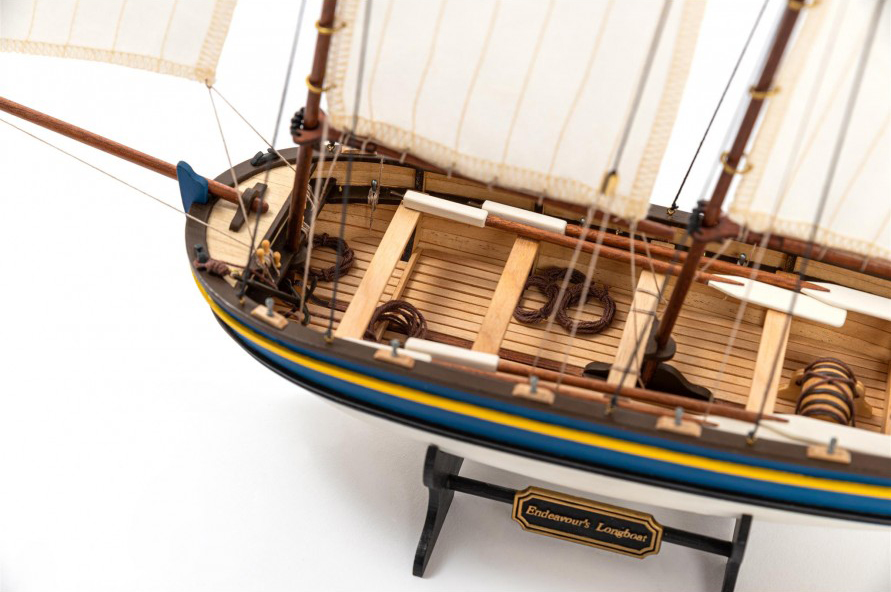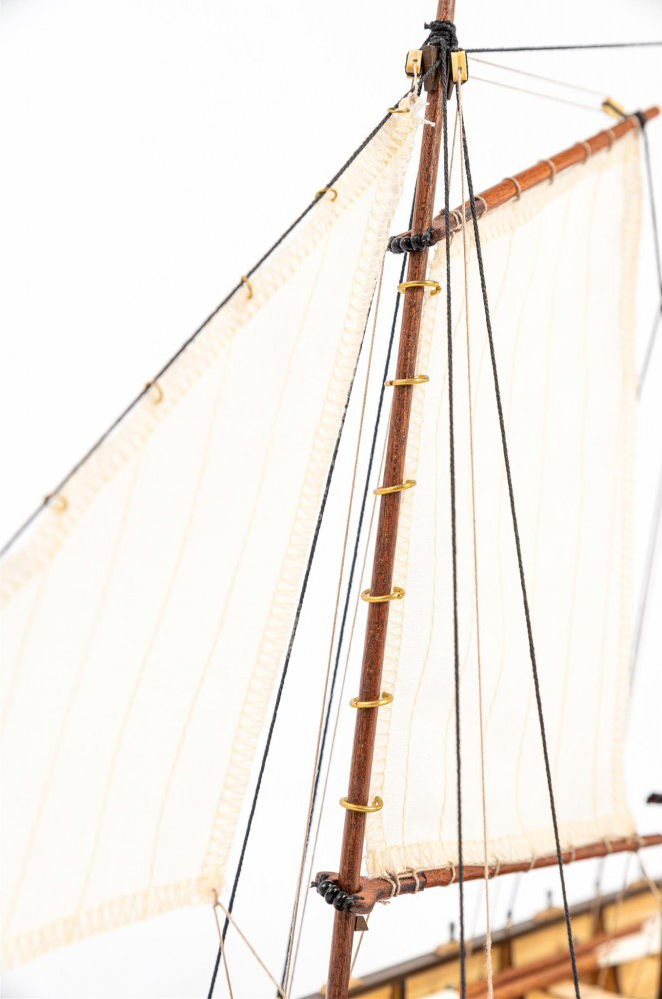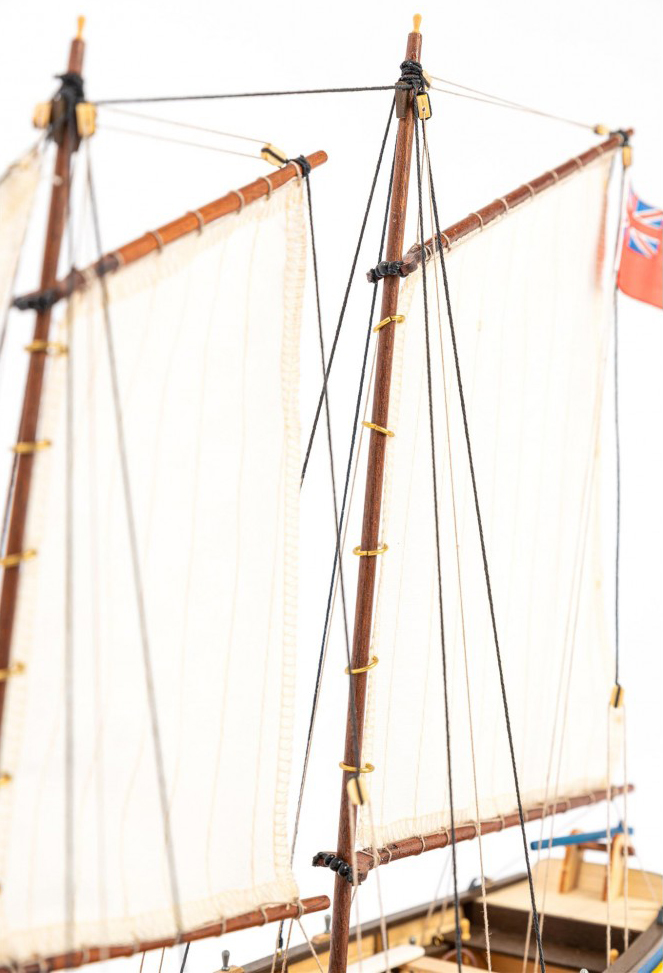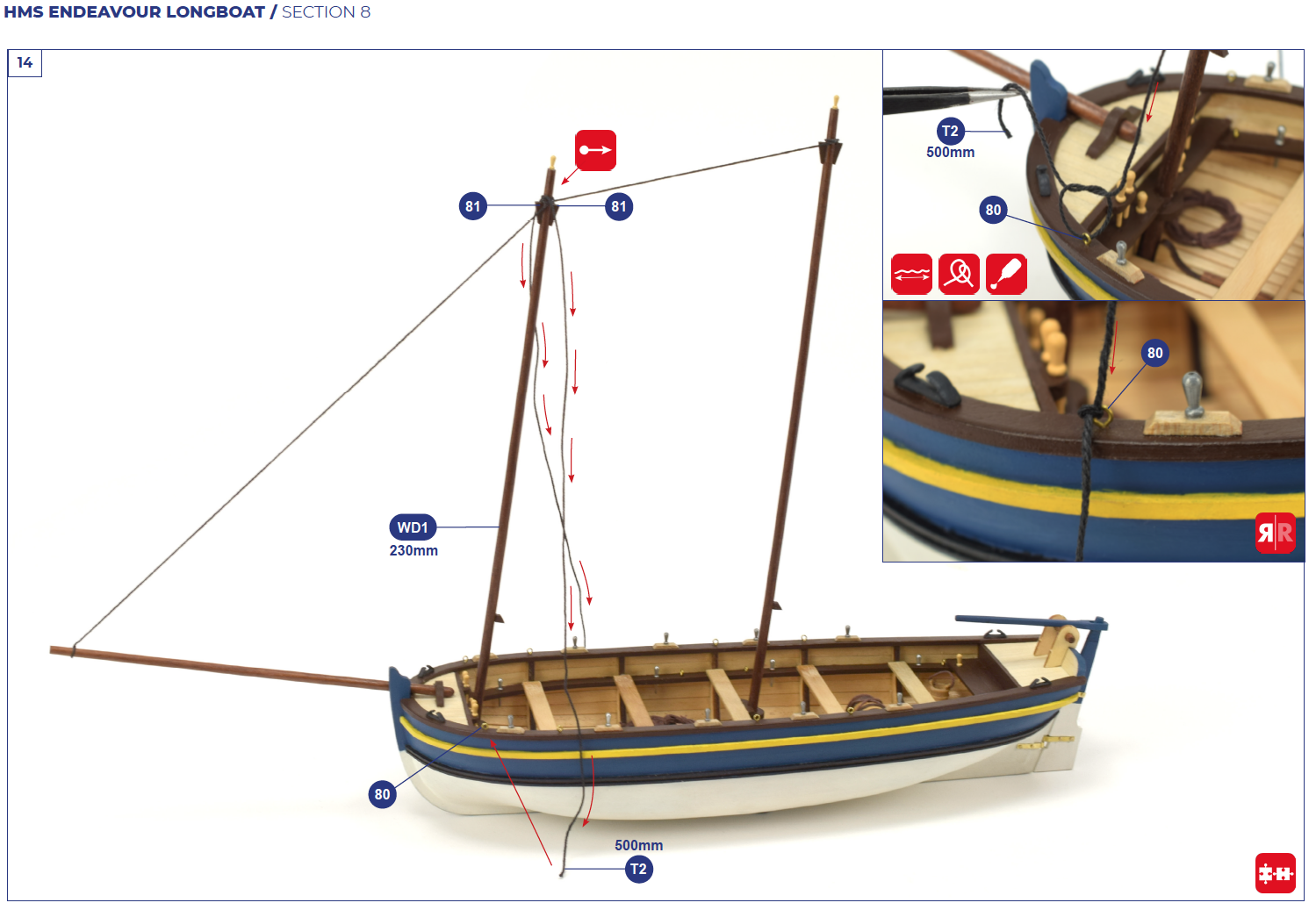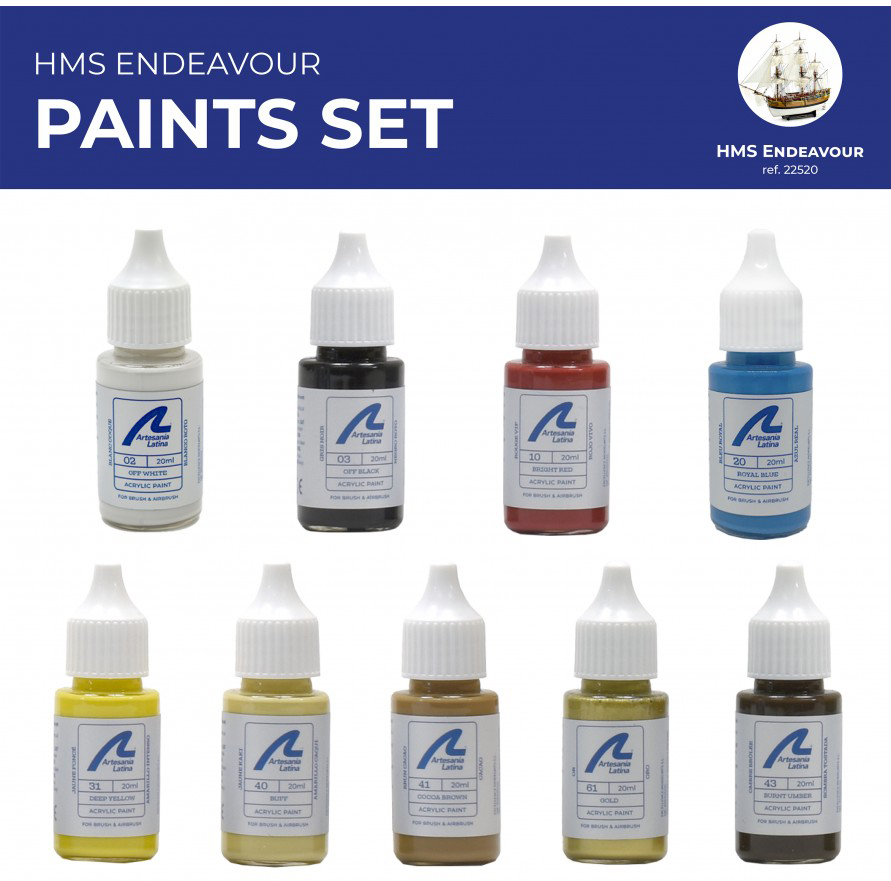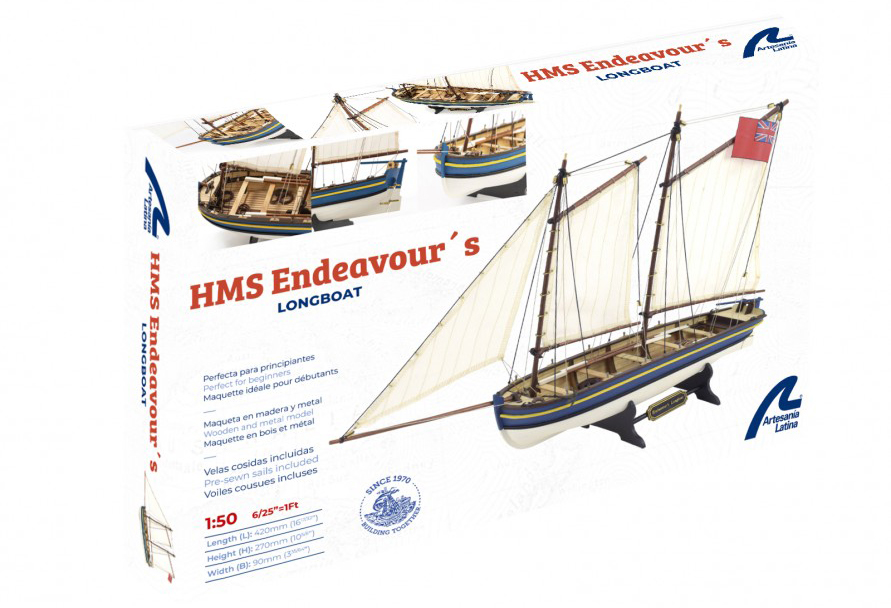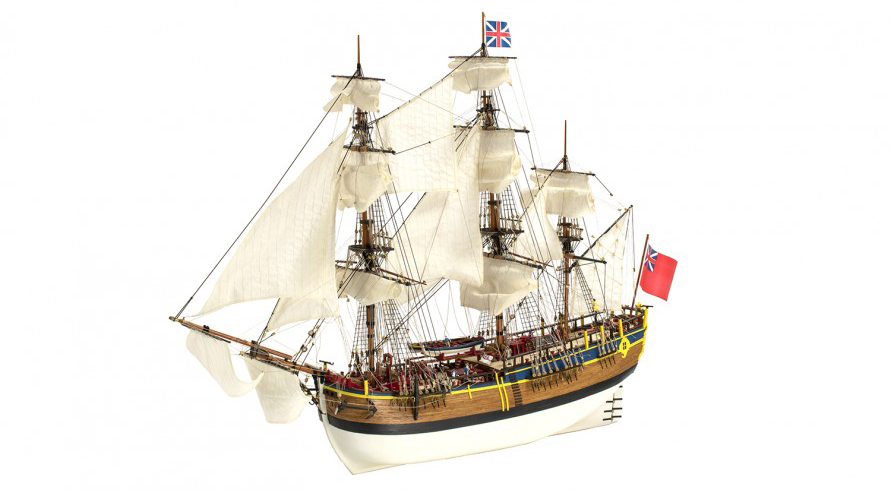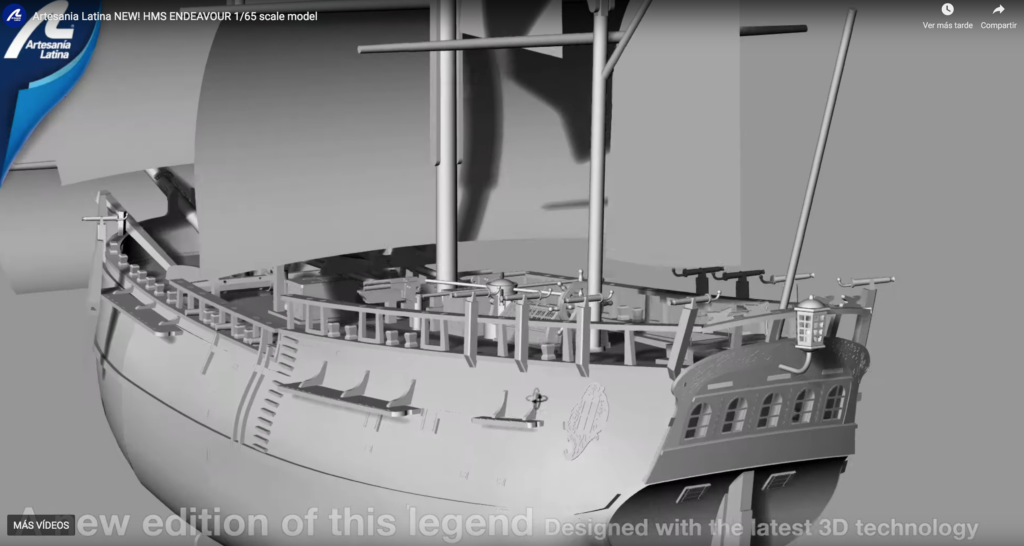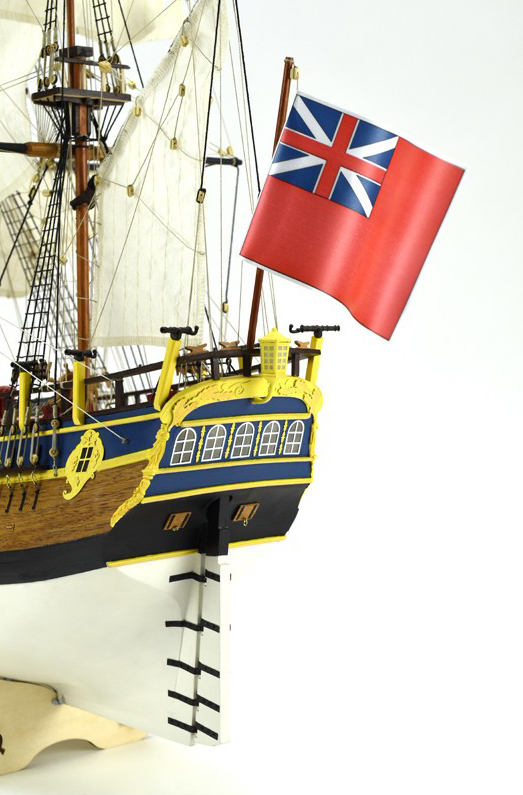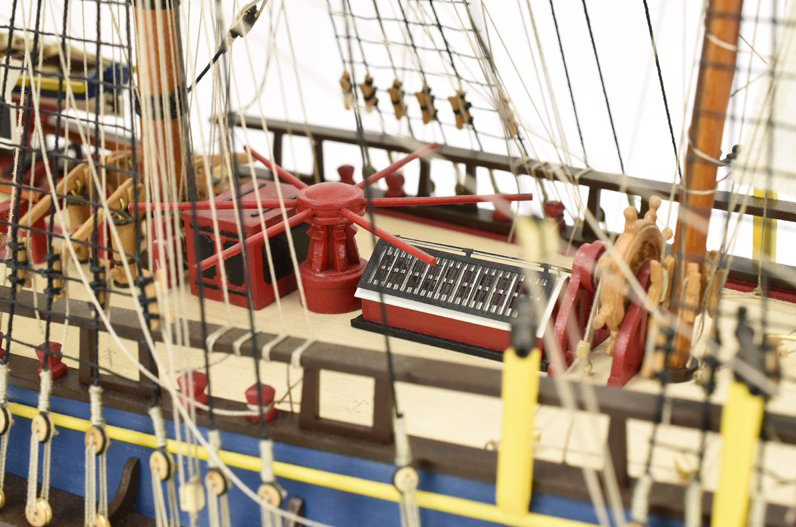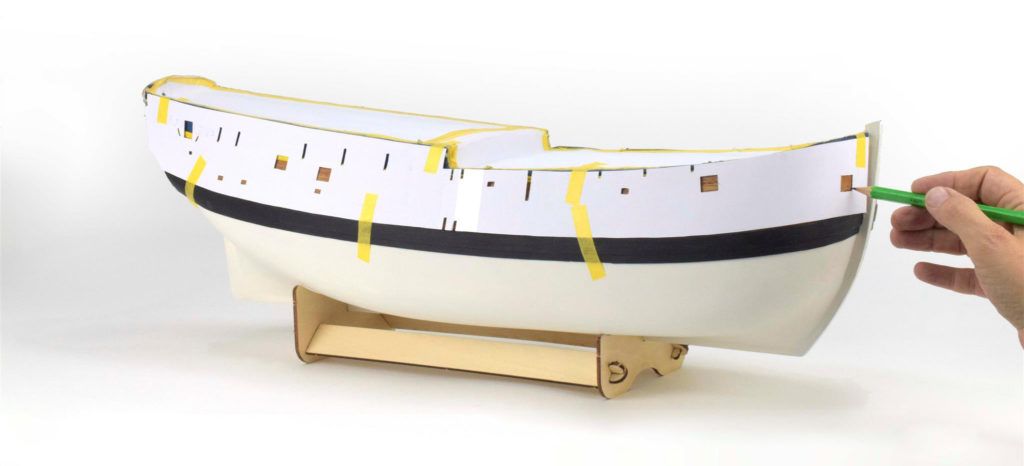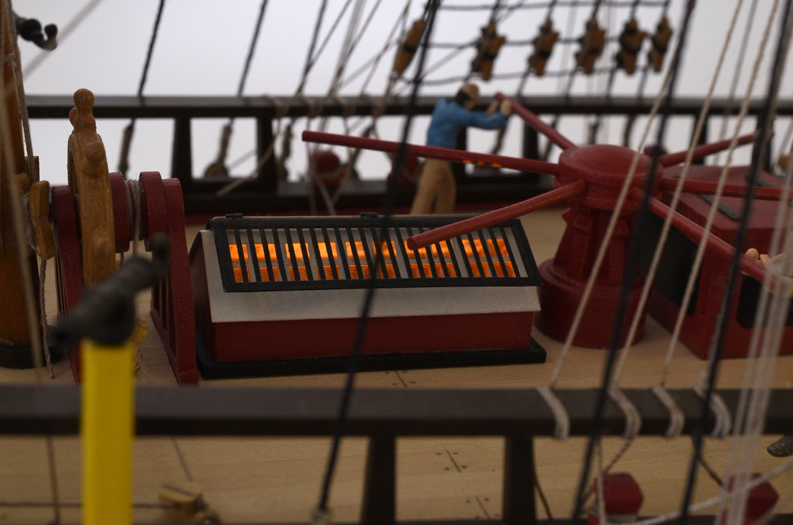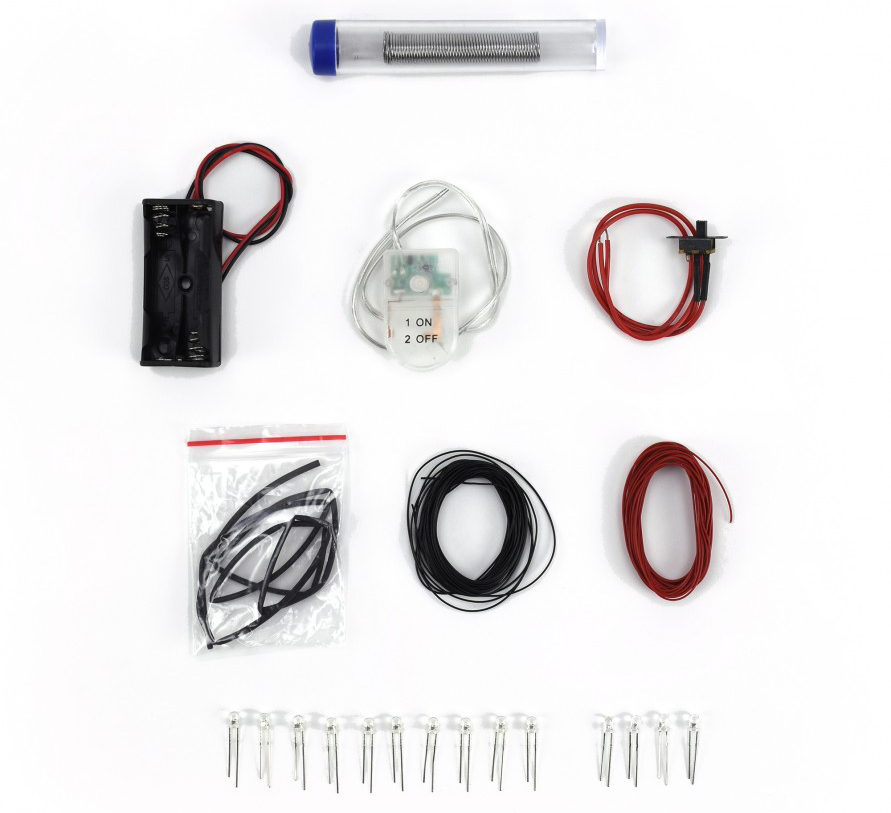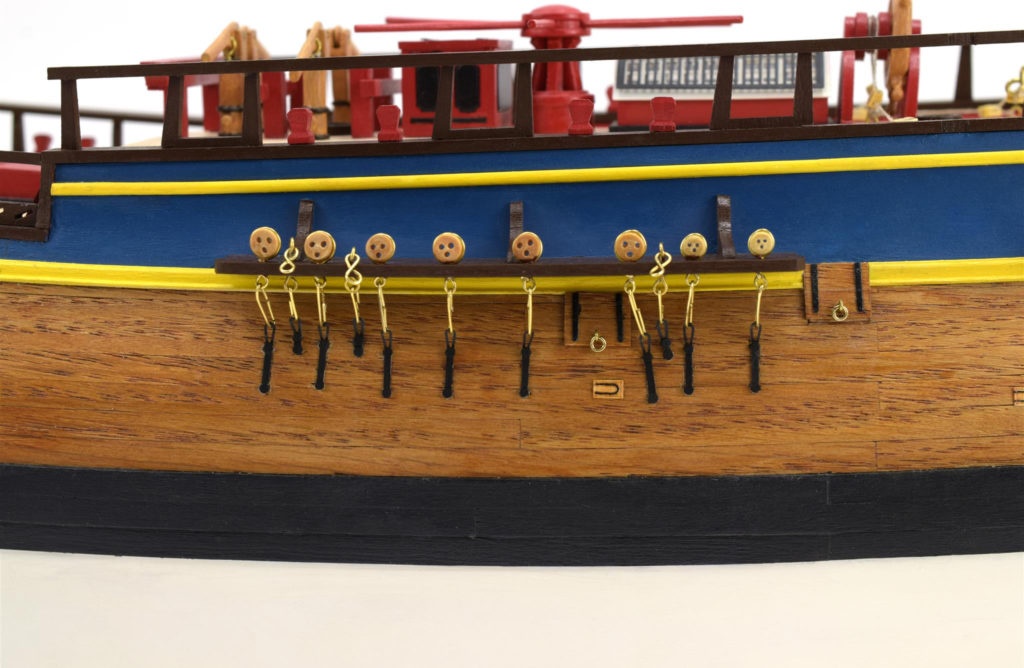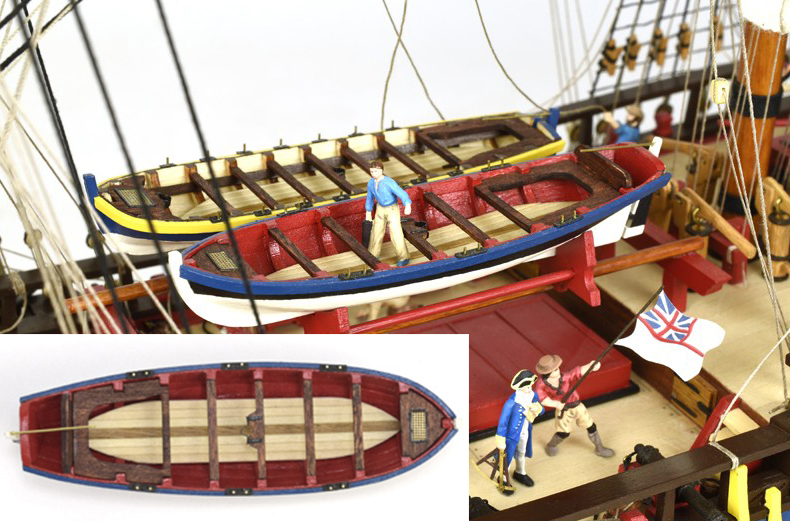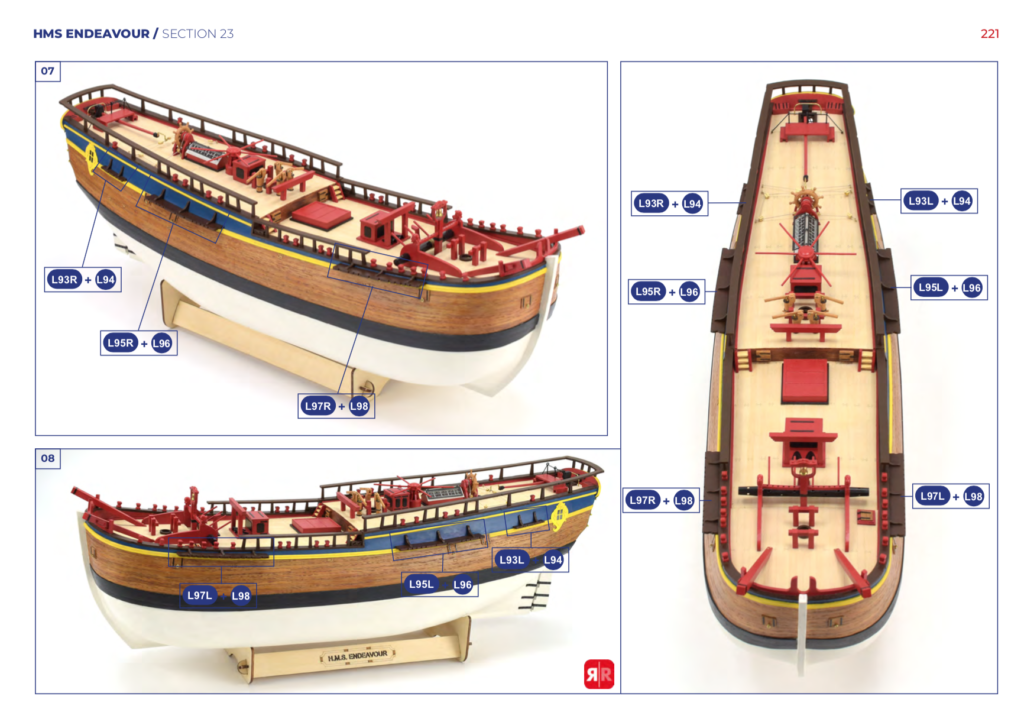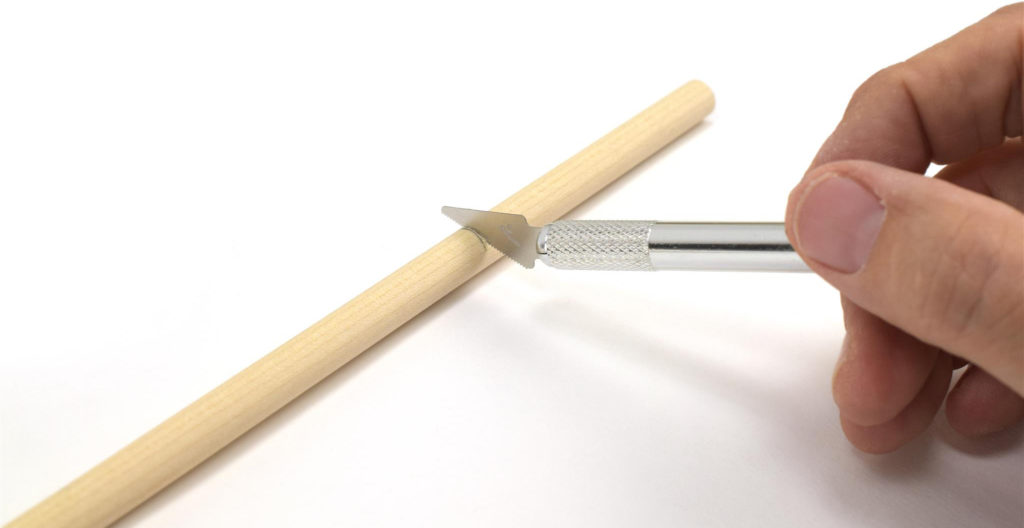If there was a fundamental ship for Humanity, in addition to the caravels of the Discovery of America, that was the British research ship HMB Endeavour of the 18th century. With this, Captain James Cook discovered Australia and made it easier to know where Tahiti, New Zealand and many other islands were located. Thanks to its existence, new animal and plant species were also discovered. Likewise, it allowed the calculation with great precision of the position in longitude by means of mathematical formulas. So the contribution of James Cook’s voyages to navigation, seamanship and geographical exploration are undoubtedly of historical importance. It is an ideal time for us to immerse ourselves, then, a little more in the history of HMB Endeavour. Precisely, a few months ago the location and existence of the wreck was confirmed, as can be read in this interesting article from Australian Geographic.
HMB Endeavour was 32 meters long, 8.9 meters wide and 3.4 meters deep. Her rigging was of the frigate type. Speaking of its armament, it had 22 guns: 10 4-pounders and 12 swivel. Regarding the sail, it had 897 square meters. This allowed it to reach speeds of 7 to 8 knots (13 to 15 km per hour).
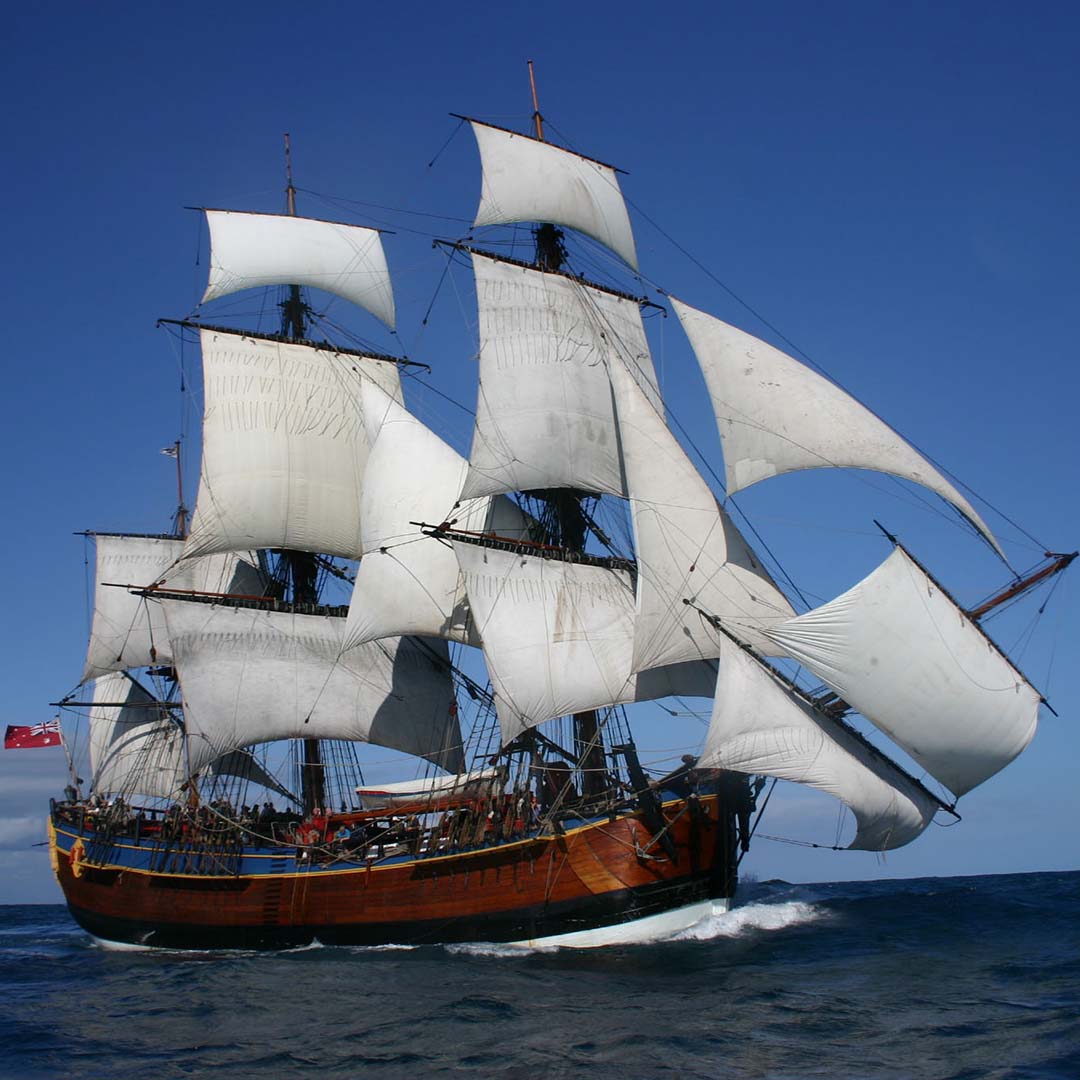
HISTORY OF HMB ENDEAVOUR: PIONEER OF THE MODERN OCEANOGRAPHIC RESEARCH SHIP
More than two and a half centuries ago, an English coal ship originally called the Earl of Pembroke (1764) emerged as the forerunner of the oceanographic research ship of our times. The HMB Endeavour and its own history are essential, they marked an era and a change in knowledge. It all started with the efforts of British Royal Navy Captain James Cook -at the time a lieutenant-. Mount your first major expedition to the South Sea. Being able to go to Tahiti, discovered a year earlier, to install an astronomical observatory to observe the transit of Venus in 1769. The goal? Measure the size of the Solar System.
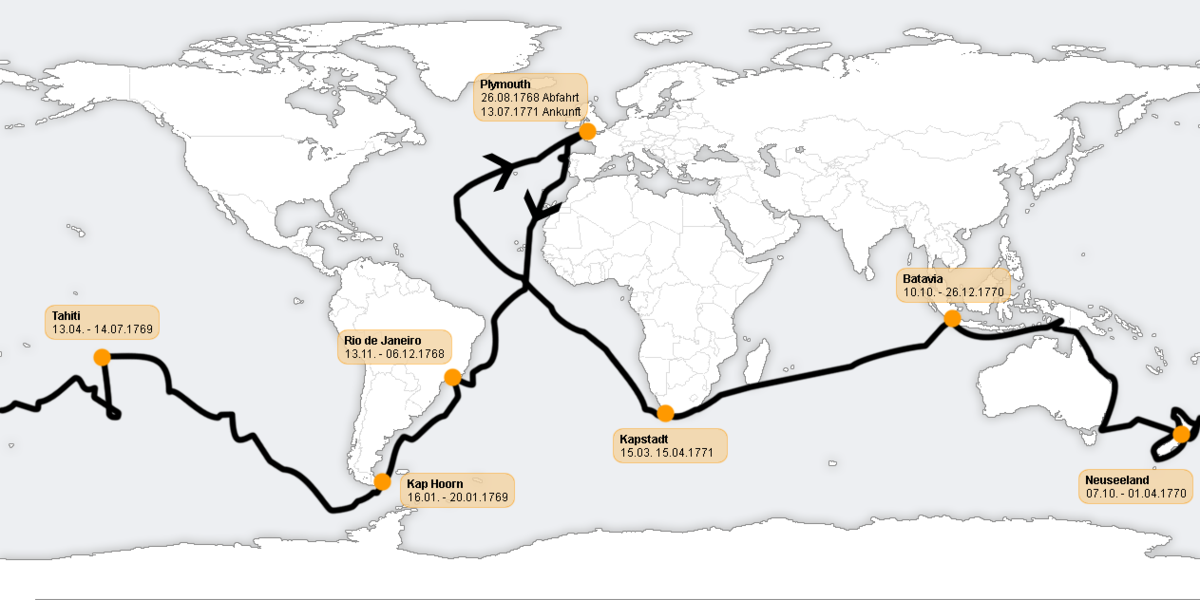
The history of HMB Endeavour as an exploration ship begins in Plymouth (England) in August 1768 with 94 people and supplies for a year and a half. Being a coal ship, even having been converted into a research vessel, it had enormous holds that were modified in order to store provisions. As they were used up, those spaces were occupied by instruments, plants and animals that they found during their journey. The organization of its crew was spectacular: sailors for naval operations, officers and infantrymen for shipboard discipline and external attacks, and scientists and artists to study and reflect on milestones.
On April 10th, 1769, HMB Endeavour reached Tahiti after passing through Madeira, Rio de Janeiro and Cape Horn. Unfortunately, exact measurements could not be obtained with the transit of Venus since the planet had a very diffuse profile. At least, yes, the astronomer Charles Green was able to appreciate and record it. The challenge was only achieved one hundred years later thanks to photography. In July, Cook opened a secret letter from the Navy Department urging him to find Australia.
HISTORY OF HMB ENDEAVOUR: THE DISCOVERY OF AUSTRALIA
For half a year, the HMB Endeavour circled New Zealand and realized that it was not a continent but islands. In 1770 Cook claimed them as British after mapping almost four thousand kilometers of coastline in three months.
It was precisely in April of that same year when it ran into the east coast of Australia, which it bordered towards the north until in June it ran aground on the Great Barrier Reef Coral. In this sense, he managed to free the ship, although with damage to the hull that was attempted to be repaired. After setting foot on land again, they continued west but this time he learned his lesson. A auxiliary boat led the expedition to measure the depth.
The history of HMB Endeavour continued heading west until October, the month in which it arrived in Jakarta, Indonesia. There he took advantage of three months to repair the ship, however, many lives of the crew were lost due to malaria. At Christmas, he headed home and on July 12, 1771, the port of Dover (England) received the HMS Endeavor with 38 fewer crew members.

After James Cook’s expedition, HMB Endeavour was used for military purposes until it was decommissioned in 1774, to be sold and renamed Lord Sandwich in 1775. Its last service was fighting in the US War of Independence. It was sunk in Narragansett Bay to prevent the French landing at Newport in the Battle of Rhode Island. Currently, as we mentioned, the location of the wreck has been certified and there is a faithful replica of the original.
WOODEN SHIP MODELING KITS: BOAT AND CAPTAIN’S BOAT
Artesania Latina offers our modelers friends the chance to build the fantastic wooden models of the HMB Endeavour (22520) and its captain’s boat (19005). The first of the models is addressed to modelers with an advanced level of skills and knowledge in ship modeling. The second, to beginner modelers.
They are faithful miniature replicas of these historic vessels. Our modelers have looked at official documentation for their design, so the assembly experience is satisfactory and improved. Anyone will have a great time in order to build these naval beauties. Now, you can paint both ships with the Specific Set of Acrylic Paints for HMB Endeavour (277PACK7) for sale separately. The finishes you will get will be much more realistic.
In addition, HMB Endeavour and its history need a crew to give the ship more life. Get the Specific Set of Figures and Accessories (22520-F), also for sale separately.
Do you want to relive historical moments? Build our fabulous ship modeling kits! Now, it is available the fantastic Gift Pack of HMB Endeavour (22520-L).
The British ship with which Captain James Cook discovered Australia, of course, has a very interesting Gift Pack. This HMS Endeavour Gift Pack (22520-L) includes 1:65 scale model of the ship (22520), the set of 14 metal figurines and accessories (22520-F), the set of specific acrylic paints (277PACK7) and the LED lighting set (27590). Give modeling!


